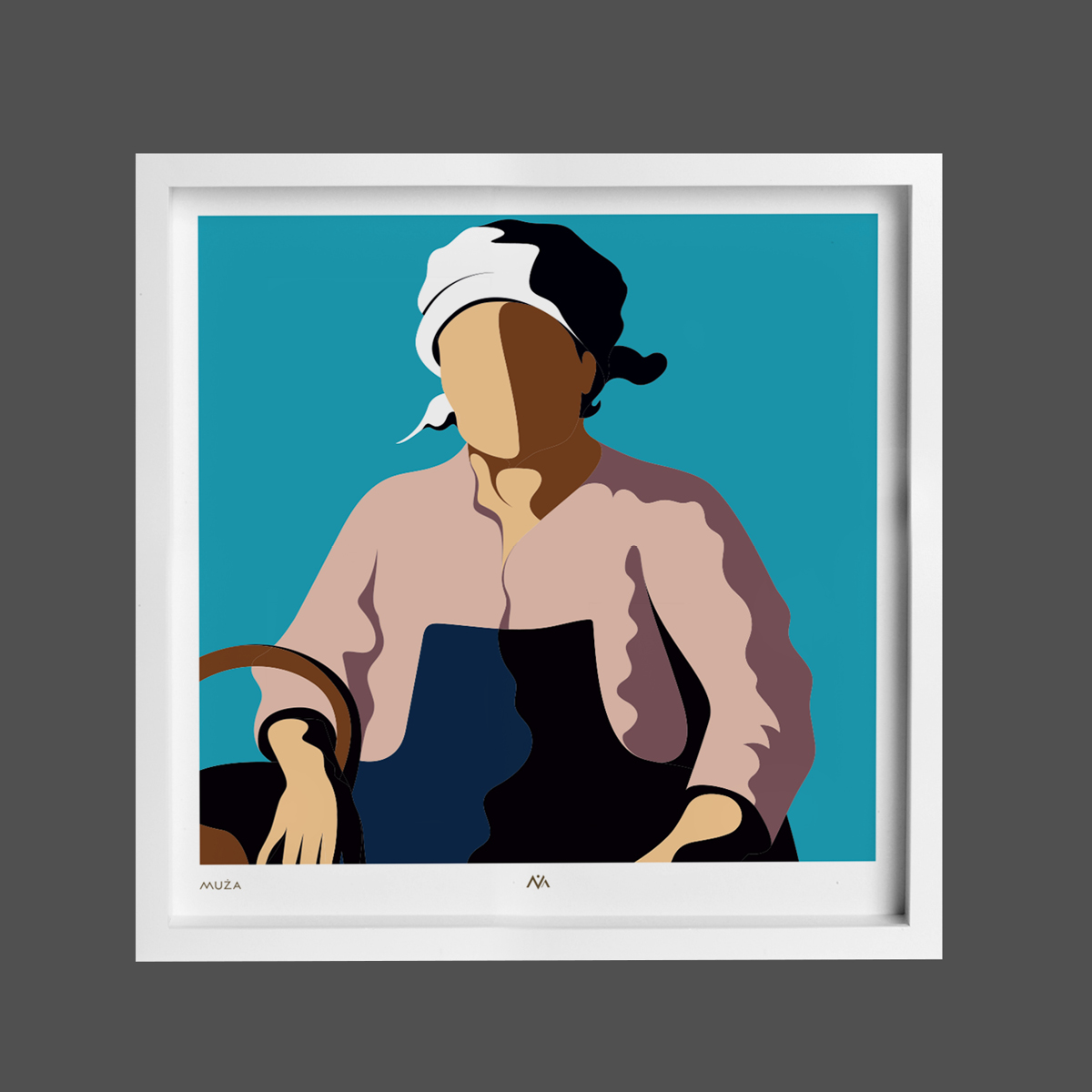I gladly accepted Te fit-Tazza’s invitation to contribute thoughts and ideas to their blog knowing too well how thorough and thought-driven this amazing team of creatives is. The good discussions we used to have way back crossed my mind in rapid succession, as my recollections of the ideas debated and the thoughts informing them made me feel comfortable, yet again, as much as I felt during these frequent conversations.
I gladly accepted Te fit-Tazza’s invitation to contribute thoughts and ideas to their blog knowing too well how thorough and thought-driven this amazing team of creatives is. The good discussions we used to have way back crossed my mind in rapid succession, as my recollections of the ideas debated and the thoughts informing them made me feel comfortable, yet again, as much as I felt during these frequent conversations.

This brings me to my recollections about creativity and identity. At the beginning of the MUŻA project many moons ago, I had mooted the idea of a focus group with a restricted group of artists, creatives and connoisseurs including academics. The debate, chaired by an external moderator went into the complexities of what identity really means and how artists and creatives understand it. There was not much discussion about it – for most of the participants, there was no beating around the bush about it. Identity matters little or nothing at all in the creative process. One could be Maltese, Canadian or African for that matter which reminded me very much of the fact that a good artist can come from anywhere. My question in reaction to such quasi-dogmatic statements was intended as a provocation – granted, an artist can come from anywhere but would you do without pastizzi and kinnie every so often? The reaction came across in unequivocal terms, and that was a clear ‘No’. Creativity may be perceived as disconnected to who we are and what we make of our past, but there is certainly material culture which defines who I am.

Identity is a collective acknowledgement of what binds a community together which, oftentimes, singles out uniqueness in choice of visual metaphor. Each country has its very own repertoire, which is more often than not ingrained in the collective mindset. It may be hard for creatives to connect to their personal repertoire of identity visual metaphors. We can certainly acknowledge that creativity may not necessarily be informed by identity values, but it is certainly a pleasure to discover visual metaphors that rethink identity and its material culture into a contemporary visual arts language.